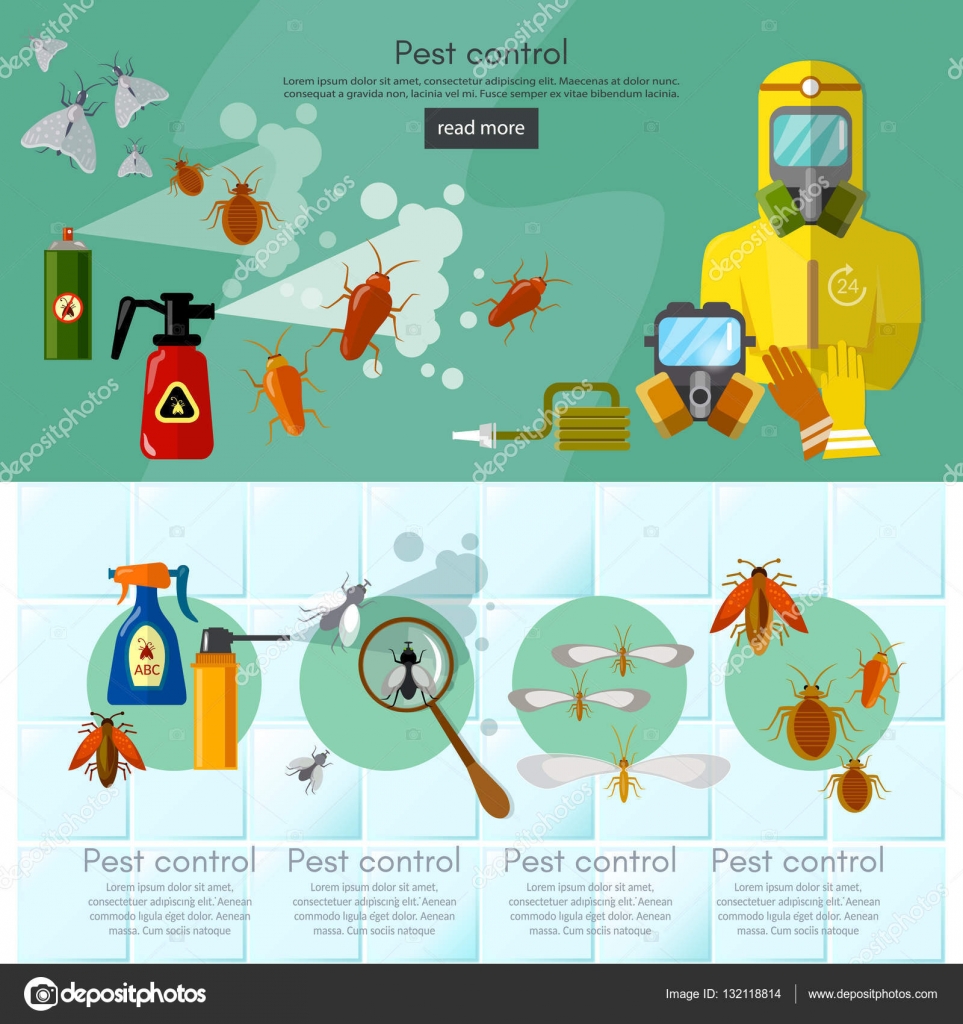Navigating The World Of Bed Vermin: Insights From Parasite Management Professionals
Navigating The World Of Bed Vermin: Insights From Parasite Management Professionals
Blog Article
Developed By-Andreassen Ayala
Like a silent intrusion, bed pests can slip right into your home, hiding in the shadows and awaiting the ideal moment to strike. Comprehending their life cycle is vital in handling these unrelenting parasites, and that far better to turn to for advice than the specialists themselves?
In this conversation, you will certainly uncover the secrets of the egg phase, the nymph stage, and the adult stage of bed pests, deciphering the secrets behind their strength and determination. Dental braces on your own, since what you will find will leave you wondering about every little itch and bite.
The Egg Stage
During the egg phase, bed pests remain in their earliest type, ready to hatch and begin their life cycle. These little eggs are commonly stocked cracks and crevices near the bed pest's feeding area, such as seams of cushions or furniture. The women bed insect can injure to five eggs daily, which amounts to hundreds in her life time.
The eggs are oval-shaped and concerning 1mm in size, making them hardly visible to the nude eye. They have a sticky layer that helps them stick to surface areas and remain in place. The egg stage lasts about one to two weeks, relying on the temperature and other environmental factors.
Once the eggs hatch, the nymphs arise, beginning their journey in the direction of adulthood.
The Fairy Phase
As the eggs hatch out, the newly arised nymphs start their journey in the direction of their adult years, marking the start of the nymph stage in the life process of bed pests. This stage is critical for their growth, and comprehending its qualities can aid in taking care of these bugs effectively.
Below are 3 essential things to find out about the nymph phase:
1. Dimension and Appearance: Fairies are tiny, measuring only around 1.5 mm in size. They're transparent, however after feeding, their bodies turn reddish-brown. As they grow, they shed their exoskeletons, leaving molted skins.
2. Feeding Behaviors: Like grown-up bed bugs, nymphs eat blood. They require to feed multiple times to molt and advance to the next stage. Fairies normally prey on human beings or animals while they sleep, leaving behind scratchy attacks.
3. Development and Recreation: Fairies experience 5 instars before reaching adulthood. Each instar calls for a blood dish for development. Once they come to be grownups, they can duplicate and continue the bed bug life cycle.
Comprehending the nymph phase is important for efficient bed pest control. By targeting the fairies throughout this vulnerable stage, you can stop their development towards the adult years and stop their infestation.
The Adult Stage
After completing their development as nymphs, bed pests get in the grown-up stage. At this phase, grown-up bed bugs are around 4-5 mm in dimension and have a level, oval-shaped body that is reddish-brown in color. They have 6 legs, antennae, and a small head. Grown-up bed insects are totally with the ability of replicating and proceeding their infestation. They feed upon blood, ideally human blood, and can survive without a meal for several months. carpenter ant removal are mostly energetic during the night and have a tendency to hide in cracks, crevices, and furnishings throughout the day.
Adult women bed insects can lay up to five eggs daily. These eggs hatch right into fairies in about a week. Understanding the habits and life process of adult bed pests is critical in efficiently removing and stopping invasions.
Final thought
Since you recognize the life cycle of bed insects, you hold the power to protect your home.
Think of a calm night's sleep, devoid of the torture of these tiny parasites.
By recognizing https://spca.bc.ca/programs-services/animalkind/ and taking instant activity, you can prevent invasions and make sure the health of your enjoyed ones.
Don't allow these tricky insects attack your shelter.
Remain watchful, remain educated, and sleep limited recognizing you're in control.
